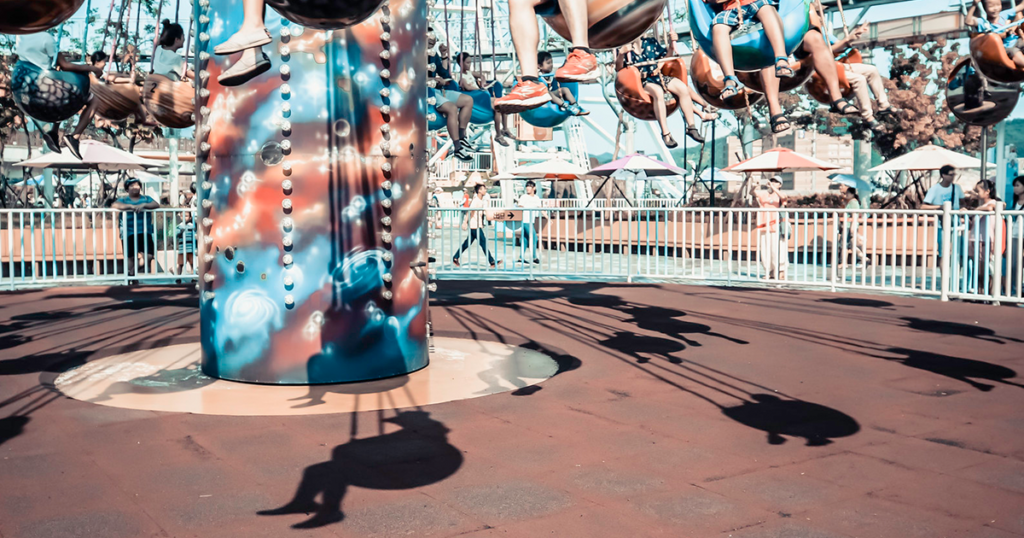The Battle of All Against All
What would a truly equal society look like?

We live in the most unequal era since the Great Depression. Innate talent, and to an even greater degree, intergenerational head starts are obscenely rewarded. The wealthiest families have been speeding away from the merely well-off, let alone the impoverished, leaving everyone else to engage in a withering competition for whatever opportunities and resources remain. The recent college admissions scandal, in which rich and famous parents bribed and stole their children’s way into top schools, together with the unveiling of the SAT’s new “adversity index” and the movement to scrap New York City’s Specialized High School Admissions Test, have made this fraught reality impossible to ignore.
We know inequality when we see it, but what might genuine equality look like? How can two lives, even within the same household, ever really be the same? My wife and I have a lovely, healthy, vivacious 11-month-old son and a five-and-a-half-year-old daughter, and we have already begun to notice differences in their respective abilities at six, eight, and 10 months old. Though we are older and more stable now than when my daughter was born, she was doing things her brother has not yet been able to do. It’s far too early, of course, to tell which differences will even out and which others will open up over the course of their lifetimes. (When my wife was pregnant with our boy, my daughter cried when I made the mistake of telling her that her brother would likely be taller than she—she hadn’t even considered this a possibility.) But if such differences can and inevitably do crop up in families, how do we correct for them in society at large?
At the moment, I don’t have any easy answers other than to say that these small differences make me appreciate France, where affordable child care, health care, and public education are the rule for all.


